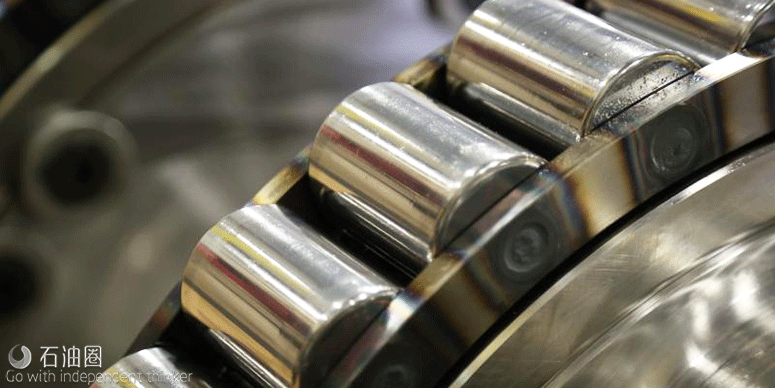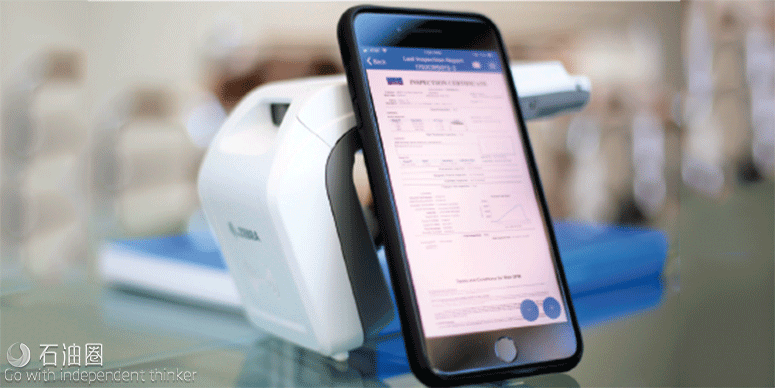Industries from every corner of the world have embraced the digital transformation and have begun to adopt the new technologies available to them. The oil and gas industry is no different; new technology is continuing to dramatically change the way the industry successfully operates. As the oil and gas industry quickly changes, organizations are challenged to adapt to these changes and adopt new technology. One area that has become a focal point for this transition is the maintenance of pump equipment.
Before adapting to new technologies even enters the equation, the oil and gas industry is facing a shortage when it comes to experience with pump maintenance. The industry continues to lose the expertise required to properly care for and maintain equipment. Veterans of the industry have developed an innate ability that allows them to listen acutely for the sounds of a problem associated with the equipment, a skill that their businesses so heavily depend on. As experts leave the field for one reason or another, new faces take over the reins of responsibility for maintenance. Unfortunately, those new hires often lack the proper experience and expertise to care for pumps; as a result, equipment ends up being misused and abused.
Supplementing field experience
When the signs of required maintenance are missed and equipment ends up being mistreated, the consequences are severe. The overall life expectancy of equipment can be lowered drastically, reducing the value of an investment. As damaged equipment goes through lengthy repairs, the downtime impacts a business. Not only is the business paying for an expensive and likely avoidable repair, but it is also unable to stay up and running, keeping its operation from profitability. With the increasing deficit of experts, oil and gas businesses must change the way they do maintenance by adopting new ways to monitor information and manage equipment.
Although organizations are challenged to address the lack of expertise in the field, they are also met with a shifting environment where new technology is playing a central role in the way maintenance is conducted. Twenty years ago, there was no automation and very limited electronics being used by pumps and other equipment. Even five years ago, pumps were providing much less information than they are able to currently. Today’s equipment is smarter, with enough computing power to record incredible amounts of data and provide a completely different level of monitoring and insight, including access to second-by-second changes.
Adopting new technologies
Adjusting to the new technologies associated with pump equipment can be challenging, but when that technology is leveraged to the fullest extent, it can provide immeasurable benefits to organizations. Not only does today’s technology allow data to be collected to fill the void left by those with the expertise to understand the proper way to care for pumps, those data provide new insights that allow workers to do an even better job of understanding their equipment and how to maintain it, ensuring organizations get the most use possible out of their equipment.
Businesses in the oil and gas industry need ongoing maintenance programs and repair options to solve their challenges and ensure equipment performs safely, reliably and efficiently. They need to minimize the downtime and extend the life of their equipment. To meet the requirements of the industry, modern solutions must leverage Industrial Internet of Things (IIoT) technology and Big Data analytics to connect and monitor all equipment for maintenance in a one-stop shop that is easy to understand and respond to. As more data become available, a solution is needed that prevents data overload by turning information into intelligent insights on trends, issues and predictions to keep pump equipment operating as effectively as possible.
Cloud computing system
One example of a system providing these services is Weir’s IIoT platform, Synertrex. The platform harnesses the latest cloud computing technology to transform productivity, foresee risk and enhance performance. Data are gleaned from products and transformed into powerful insights that can help identify problems before they occur, reduce downtime and optimize equipment performance across an entire circuit. Tools such as this are able to leverage the most innovative technology available to accurately monitor equipment for maintenance issues that are arising or could arise in the future, preventing problems such as the failure of critical components. This translates into protecting a business’s bottom line.
In addition to the insights an IIoT platform can provide, organizations need an aftermarket solution that does more than provide repairs. A modern solution must help customers eliminate nonproductive time, improve safety and lower long-term costs. Weir Edge services does this by looking at all equipment and trends to see if current needs are being met and responding quickly to keep uptime at a maximum. The system provides root cause analysis and product life extension strategies in addition to traditional pressure pumping equipment and repairs, maintenance programs, planning and implementation, and onsite training and education.
Today’s organizations also need a modern solution capable of efficiently, accurately and reliably managing inventory by utilizing technology to cut down on the man-hours traditionally required for this task. For example, Weir’s SPM RFID technology and mobile application allow organizations to access detailed inspection information of their assets in real time from anywhere in the world all at a fraction of the time it previously took to capture, maintain and share this information. These levels of precision and convenience are requirements in the current industry environment.
A new paradigm shift
Ultimately, the oil and gas industry’s growing shortage of pump maintenance expertise, coupled with the rise in innovative technology being applied to equipment, results in a paradigm shift. To compensate for the dearth in employee expertise, the industry is changing its approach to pump monitoring and maintenance, increasingly relying on technology to provide the information and insights needed to accurately care for valuable equipment and improve upon the process in which maintenance is conducted.
Organizations need solutions that use IIoT and Big Data technology to provide a full view of maintenance plans, equipment utilization and real-time monitoring data to properly care for their pump equipment. Current solutions are capable of turning mass quantities of data into quick, actionable insights, decreasing downtime of equipment and offering predictive maintenance. All of this results in increasing the efficiency of equipment in a cost-effective manner and increasing the speed, uptime and safety of a business and its valued equipment.
Although the oil and gas industry might be facing challenges as its environment changes and experts are no longer readily available, if organizations adapt to these changes and adopt new technologies, they can run smarter maintenance operations than ever before, extending the life and uptime of their pump equipment.

 石油圈
石油圈

